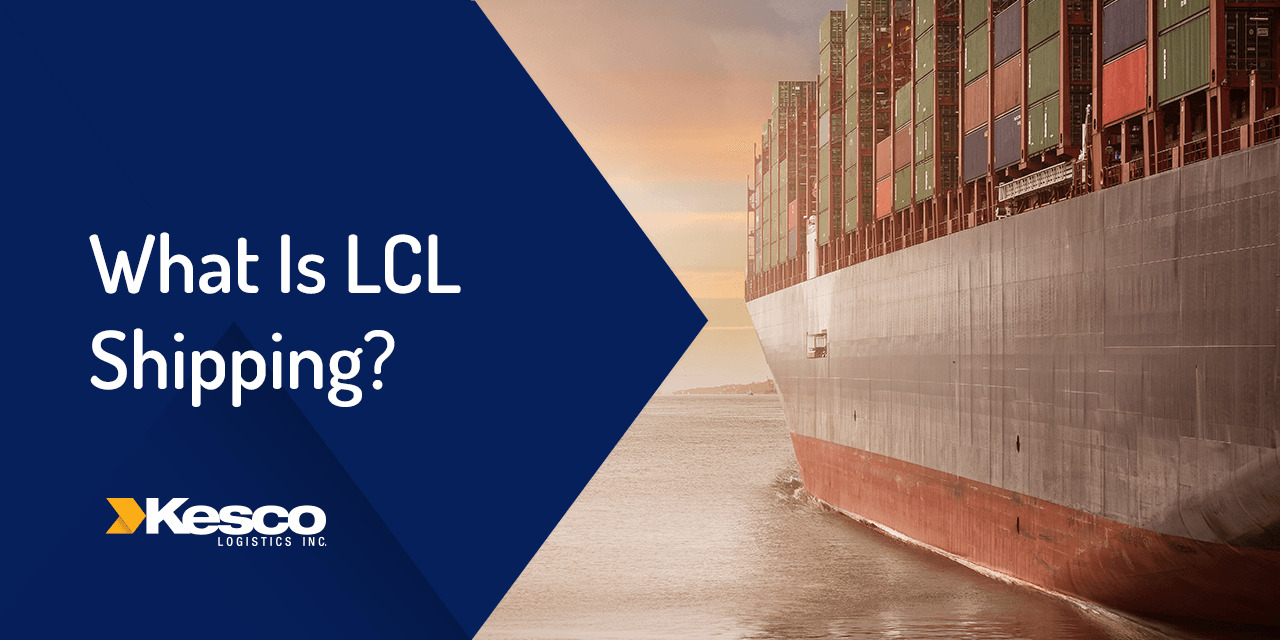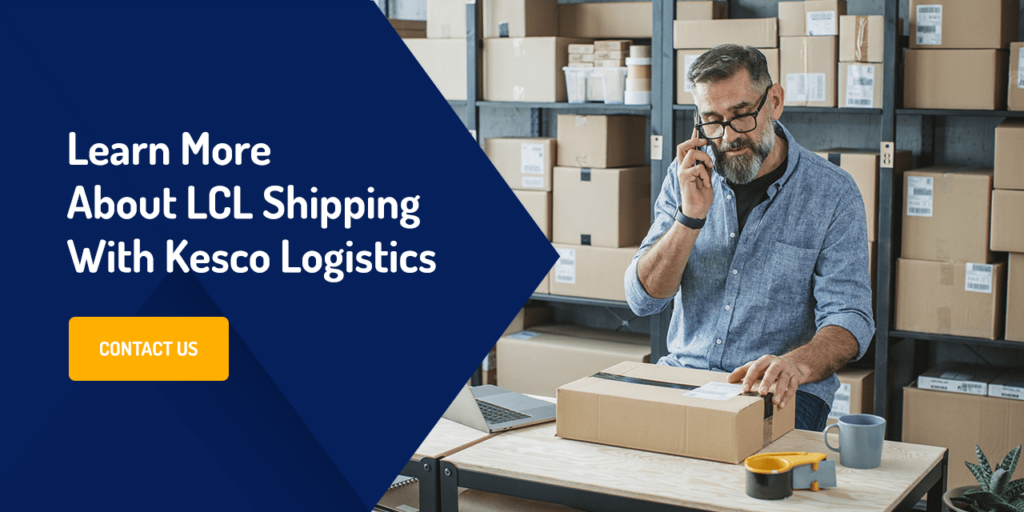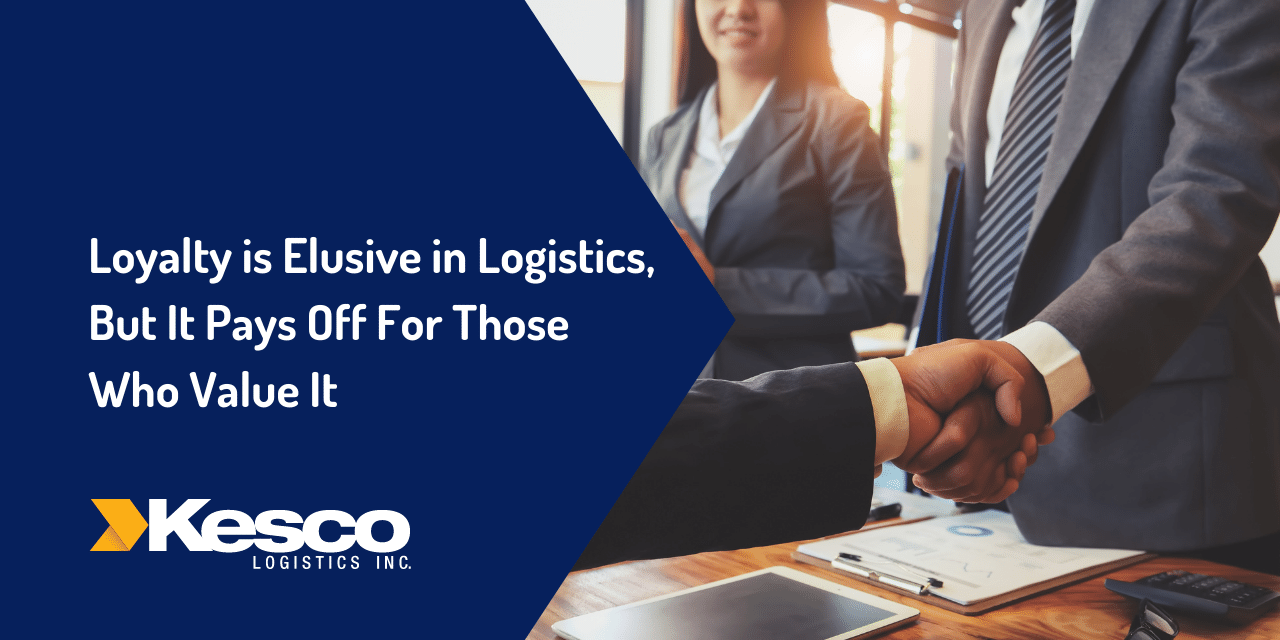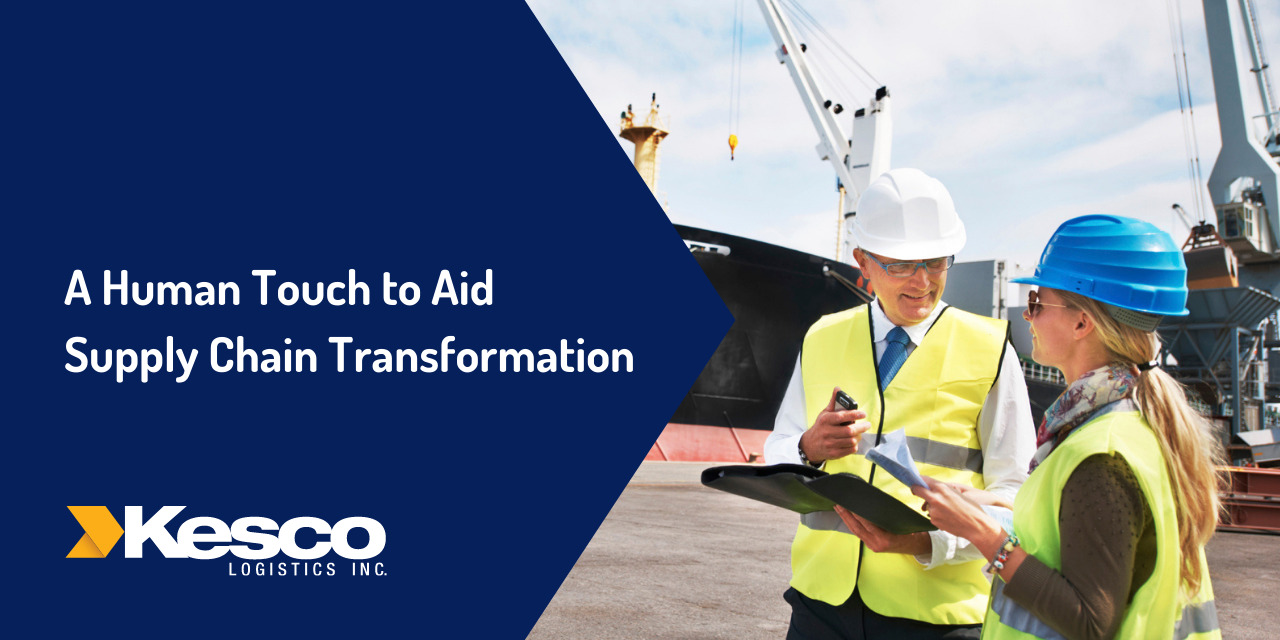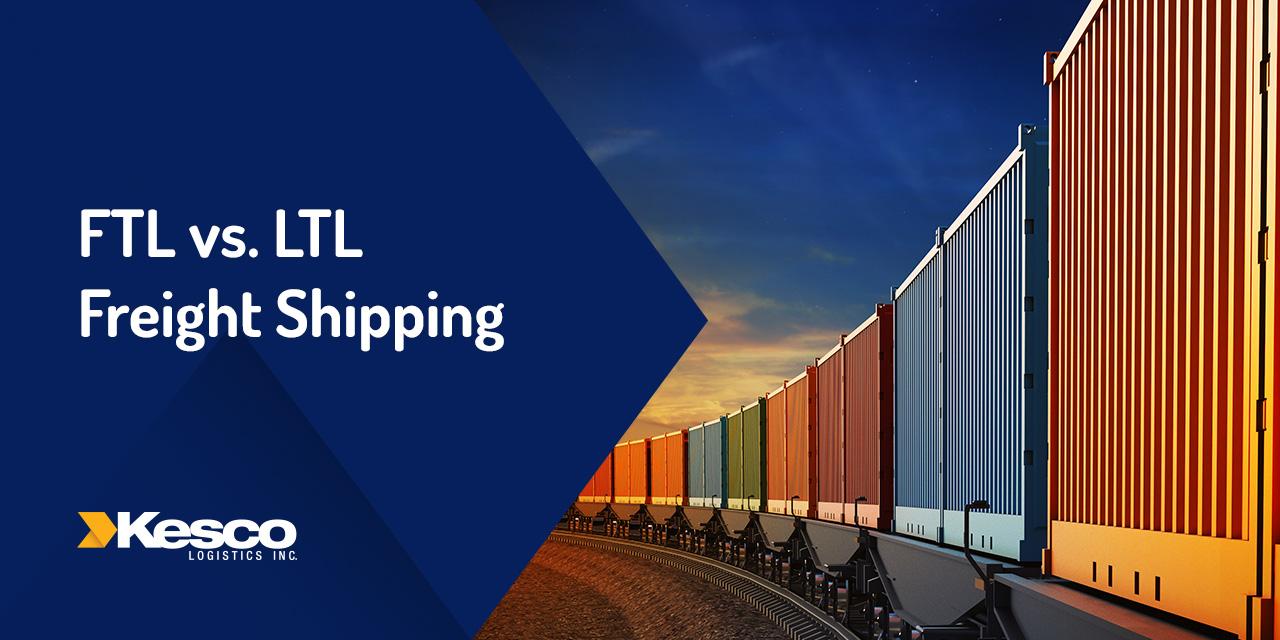LCL Shipping Defined | The Cost of LCL Shipping | Pros and Cons of Shipping LCL | When to Ship LCL | Learn More About LCL Shipping With Kesco Logistics
When shipping items via sea freight, one of the main options you have for transport is LCL shipping. How do you know if this type of shipment is right for you, and what is it best suited for? Learn more in our guide to LCL shipping.
LCL Shipping Defined
LCL gets its name from what it stands for — less-than-container load. These sea freight shipments take up less than a full shipping container and therefore are combined with another person or company’s goods for transportation. Typical cargo shipping containers are either 20 feet or 40 feet long and 8 feet, six inches high, and LCL shipping can occur in either of these container sizes.
LCL shipments are a great option for those running smaller businesses or in a situation where it doesn’t make sense to buy stock that fills an entire load. When shipping LCL, you only pay for the portion of the container that you use.
The Cost of LCL Shipping
Since you are paying for less than a full container, pricing varies based on the portion your goods take up. The volume of space you use determines the cost — however, this isn’t always an exact science. Usually, the cost is determined by set increments. So you want to make sure you are filling your share to the max.
Sometimes weight can also play a role in the pricing. However, this only happens in extreme circumstances since many cargo ships can handle immense amounts of weight. To ship LCL, you must meet a minimum space requirement. Usually, the minimum is 1 cubic meter (CBM).
Depending on the forwarder you work with, the overall cost of shipping may include picking up your goods from the factory, the sea journey itself, deconsolidation at arrival, and the cost of transporting your shipment to the end destination. Plus, some freight forwarders charge for their services and support. Since LCL shipping involves many factors, working with a transparent rate estimator can help you better understand the specifics of your shipment.
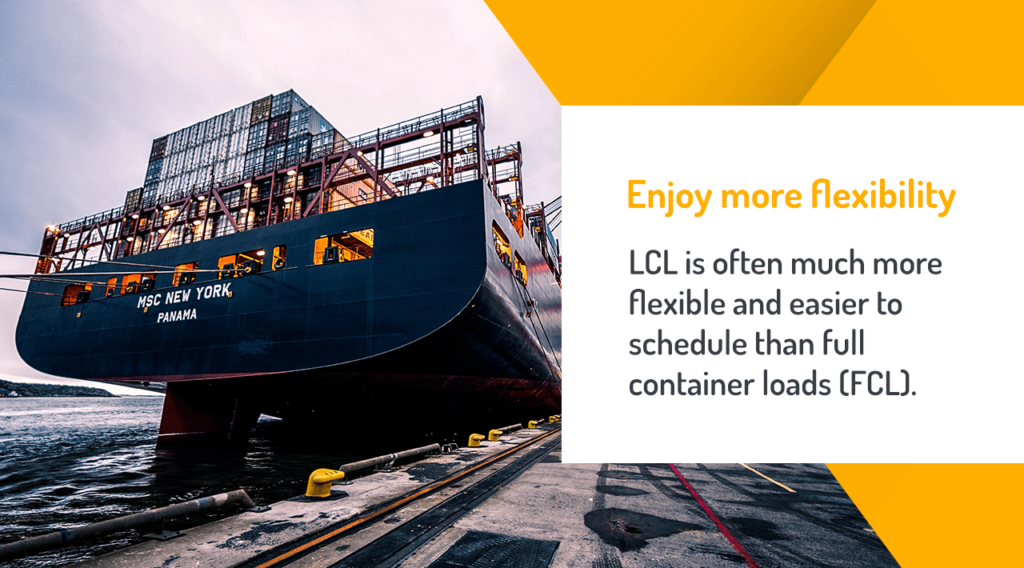
Pros and Cons of Shipping LCL
There are several benefits and drawbacks to LCL shipping, depending on what you are choosing to transport. Of course, one of the largest determining factors for whether to ship with this method is pricing. If you have a smaller volume of goods, one of the benefits of LCL shipping is only paying for the space you need. Below are some additional benefits of shipping with a less-than-container load:
- Ship heavy for less: Since shipping costs are based on volume and size, this makes shipping much more economical than other shipping methods, such as air freight, that place a larger emphasis on weight. So, if you’re transporting small and dense items, LCL shipping is a smart move.
- Enjoy more flexibility: LCL is often much more flexible and easier to schedule than full container loads (FCL). If a container ship is nearing capacity, it’s often much easier to find space for an LCL shipment than an FCL. And with an LCL load, you have the flexibility to ship only as much as you need, which may save you in inventory space.
- Reduce your environmental impact: Using ocean freight to ship smaller amounts of goods also produces much fewer emissions than other shipping methods. While there is always the potential for oil spills, generally speaking, trucks, planes and trains have a higher impact on the ecosystem.
However, as with all things, you should consider all factors before shipping LCL. Here are some common disadvantages of LCL shipping:
- Measurement precision: While LCL can no doubt be a great choice for anyone shipping less stock than what fills a container, there comes the point where it may be more beneficial to ship FCL. In some cases, it can be more expensive per cubic meter, depending on the total amount of goods you transport. Whether to ship LCL or FCL should be evaluated on a case-by-case basis — so shipping less than a container load requires slightly more calculations.
- Shipping with outside goods: Since your shipment is combined with at least one other shipment, there is the risk of delays or damage from another company’s items. Since you are not shipping all your goods contained in an FCL, your container may have to encounter more frequent Customs stops. Also, if the goods you are shipping encounter an issue with Customs, it can delay the delivery of your items. Due to these additional checkpoints and handling, there is a higher likelihood of minor damages to your packages. Finally, while uncommon, goods can get mixed up or misplaced with other shipments due to the additional checkpoints and handling process. In general, shipping your goods with others always comes with more risks than keeping your items isolated.
In some cases, it can make more sense to consolidate shipments to save money and time. With LCL, your shipments are usually combined with other company’s shipments in the same container. With buyer’s consolidation, you combine two or more LCL shipments into the same container. The shipments can be from different suppliers as long as they all go to the same buyer or destination. If you are purchasing items from several suppliers in the same region or country, buyer’s consolidation can be a particularly useful shipment method.
When to Ship LCL
So, how do you know when LCL shipping is right for you? Many considerations are specific to your shipment volume, the type of goods you are transporting, how fast you need it to reach its destination and pricing.
Organizations should invest in LCL shipping when products will not spoil if they are in transit for over a week. When the shipped products are considered dangerous for other methods of travel, such as aerosols, sea freight is also the best option. Products that have an odd shape or heavy make-up are usually well suited to ocean shipping. Shipping LCL is a recommended process for many e-commerce items and heavy equipment.
If you’ll be filling less than half of your cargo container, LCL shipping is a solid choice for pricing. If you are filling half or more, we recommend comparing shipping rates and finding out whether it is more cost-effective to ship FCL even if your container is not entirely filled. Your shipping method may change with each shipment. Depending on which benefits outweigh the drawbacks and which rates make sense for you, LCL shipping may be the best option.
Learn More About LCL Shipping With Kesco Logistics
If you’re unsure about whether LCL, FCL, or even ocean freight shipping is right for you, we can help. We work with an extensive network of global carriers to provide our customers with a range of reliable shipping lines for retail shipping, start-ups, IT assets and more. As your freight forwarder, we aim to make your transit as smooth as possible while providing rates that make sense for you. To learn more about shipping with Kesco Logistics and discovering the best shipping method for your goods, contact us.

